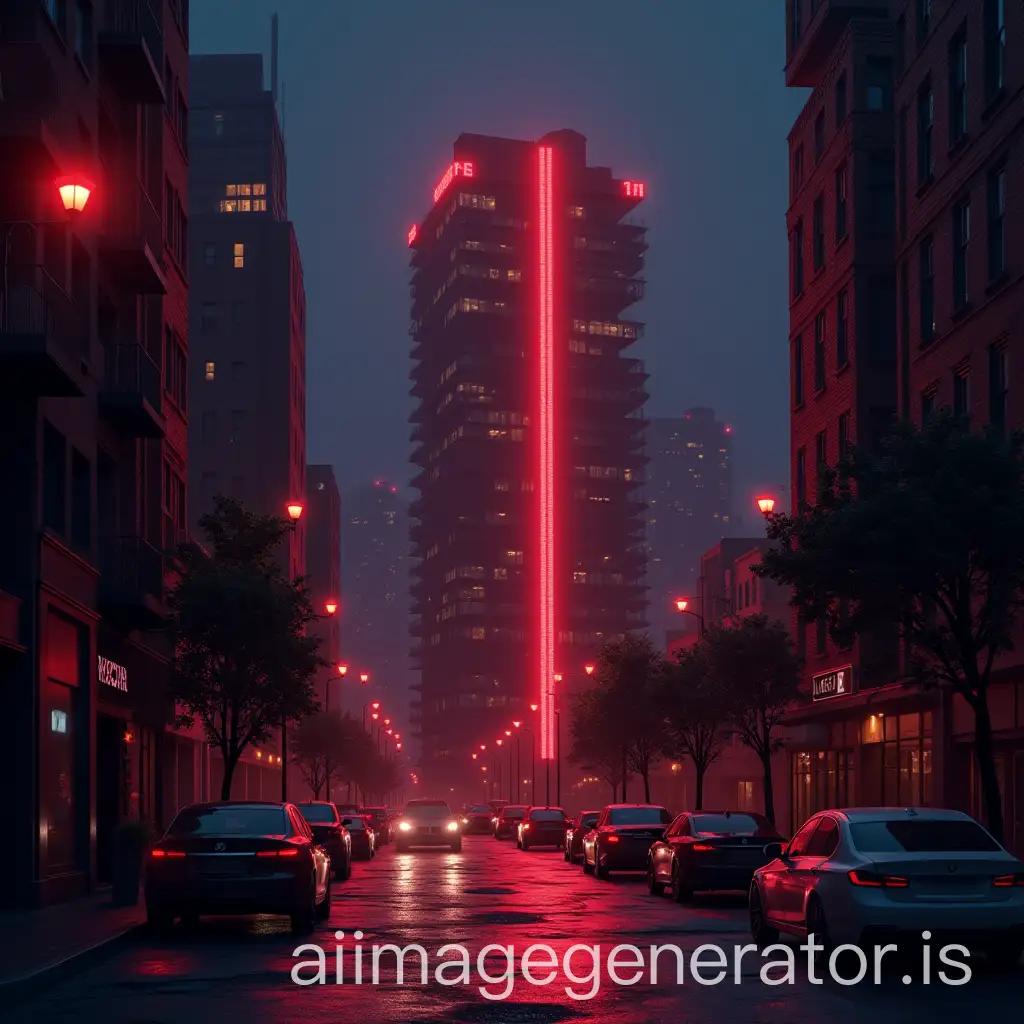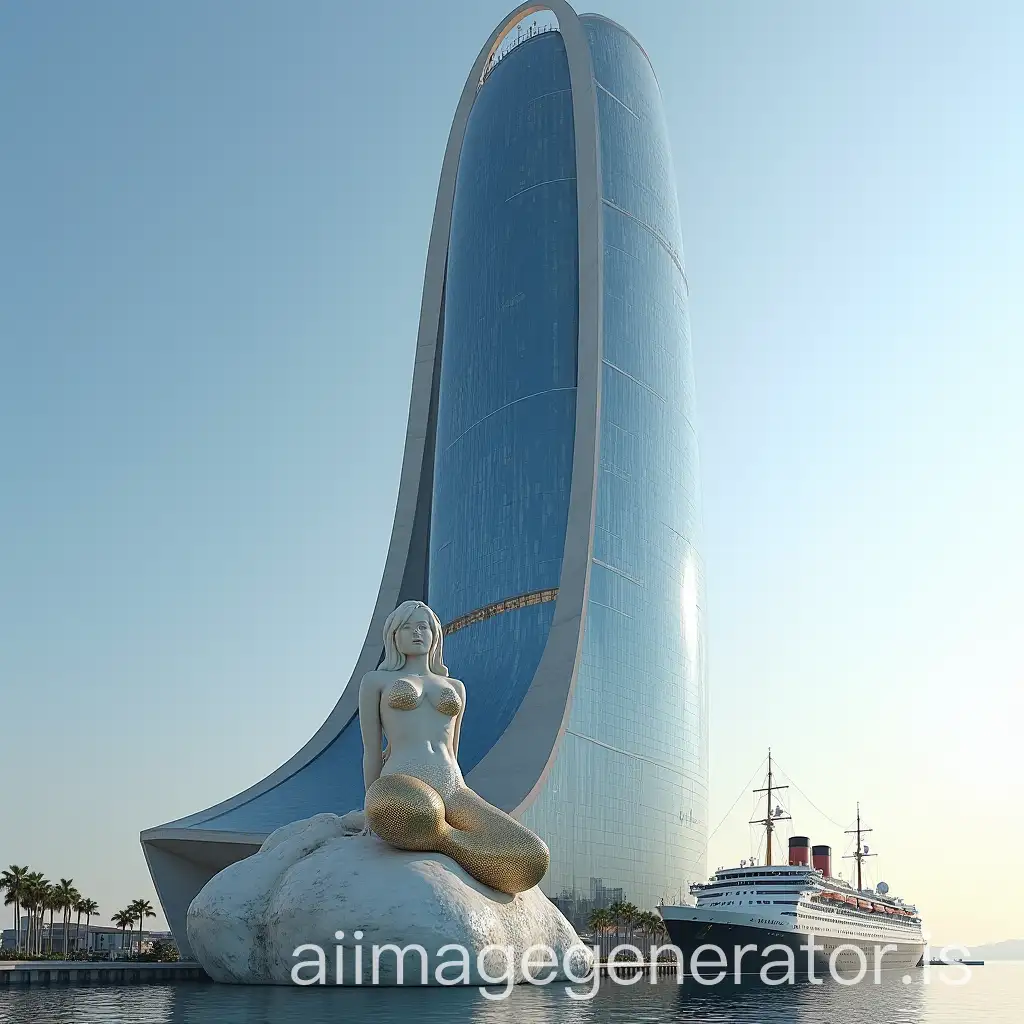Free Tall Building Image Generator
Just imagine, and we'll instantly return a variety of personalized Tall Building images—designed to bring your creativity to life!
- 4:3
- 3:4
- 1:1

image.state.default











Related Tags
Tall buildings, often referred to as skyscrapers, are a symbol of modern engineering and urban development. Their history dates back to the late 19th century with the advent of steel-frame construction and elevators, revolutionizing city skylines. These structures are not only feats of engineering but also cultural landmarks that represent economic growth and technological progress. In contemporary architecture, tall buildings are designed with sustainability in mind, incorporating green technologies and energy-efficient systems.
The Evolution and Significance of Tall Buildings in Architecture
Tall buildings vary widely in design, function, and architectural style. Key characteristics include their verticality, structural system, and the use of innovative materials. There are different types of tall buildings, such as office skyscrapers, residential towers, mixed-use buildings, and hotel high-rises. Each type serves a specific purpose and has unique design considerations, such as floor space efficiency and aesthetic appeal. The design of these buildings often reflects the cultural and economic context of their location.
Characteristics and Types of Tall Buildings
Around the world, iconic tall buildings like the Burj Khalifa, One World Trade Center, and Shanghai Tower stand as testaments to architectural ambition and creativity. These skyscrapers are often designed by renowned architects who push the boundaries of structural engineering and design. For example, the Burj Khalifa, designed by Adrian Smith, holds the title of the world's tallest building and features a unique stepped design that reduces wind forces. Similarly, the innovative structure of the Shanghai Tower, designed by Gensler, incorporates a twisting shape that enhances its stability and energy efficiency.
Iconic Tall Buildings and Their Architects
The future of tall buildings is set to be shaped by advancements in technology and a growing emphasis on sustainability. New materials, such as carbon fiber and self-healing concrete, are being explored to make buildings lighter, stronger, and more durable. Additionally, smart technologies are being integrated into tall buildings to improve energy efficiency, security, and occupant comfort. As cities continue to grow vertically, architects and engineers are focusing on creating buildings that are not only visually stunning but also environmentally responsible and resilient against climate change.
Future Trends in Tall Building Design and Technology